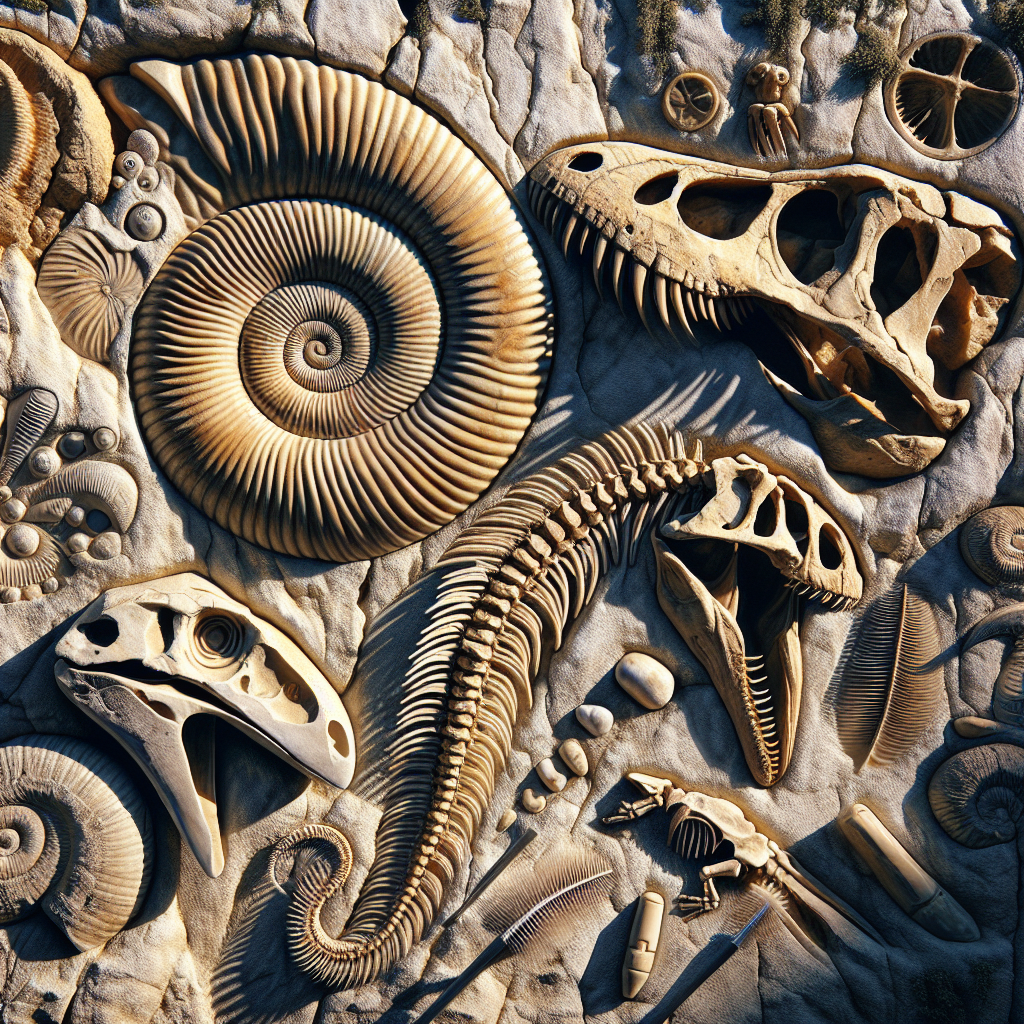Dinosaurs Thrived Before Cataclysm: New Fossil Discoveries in New Mexico
New research on fossils from New Mexico suggests that dinosaurs, including the Alamosaurus, were thriving just before the asteroid impact that led to their extinction 66 million years ago. This finding offers new insights into the last days of the Cretaceous Period, challenging previous timelines.

Recent research on fossils discovered in New Mexico indicates that dinosaurs were flourishing just prior to the catastrophic asteroid impact that led to their extinction 66 million years ago. The fossil findings include the massive Alamosaurus, highlighting that these creatures were thriving on the brink of annihilation.
The fossils were excavated at the Naashoibito site in northwestern New Mexico, an area that has long puzzled paleontologists regarding the true age of its dinosaur remains. The new study employed two distinct dating techniques to establish that the fossils are from approximately 340,000 years before the asteroid's devastating collision off Mexico's Yucatan Peninsula.
This discovery sheds light on the final chapter of the dinosaurs' reign during the Cretaceous Period, providing crucial evidence that disputes previous assumptions about their decline before the asteroid event.





